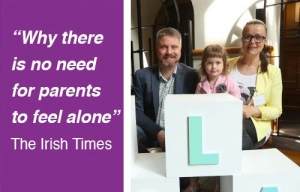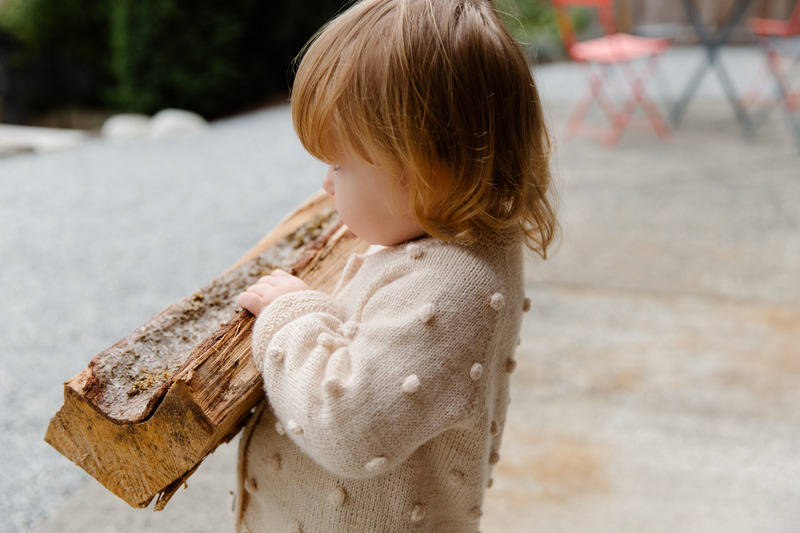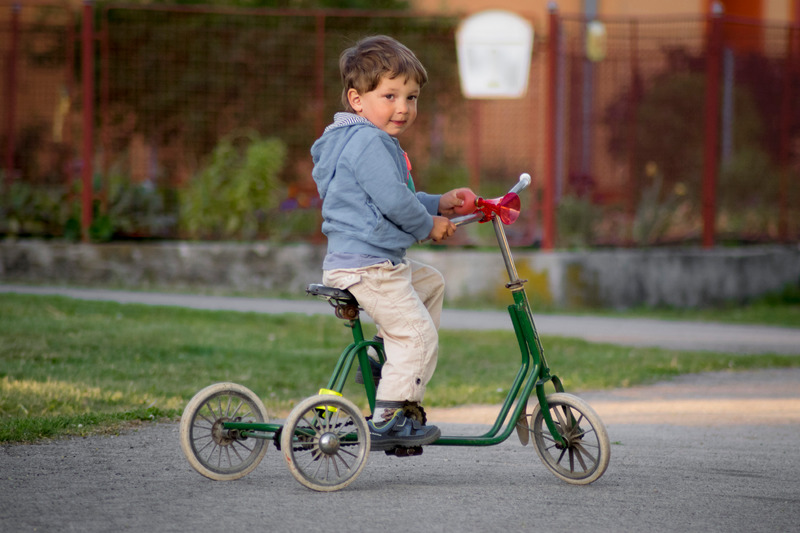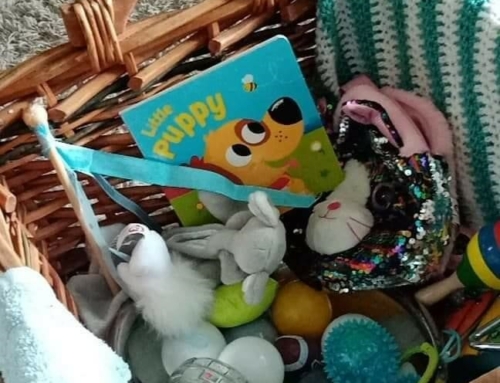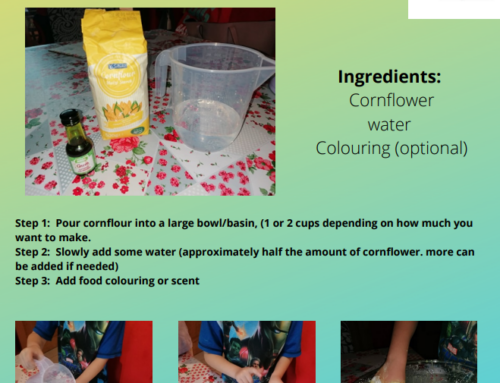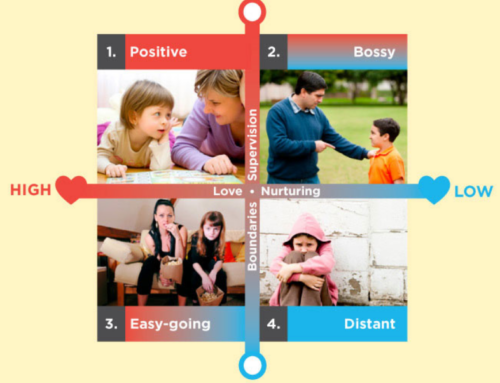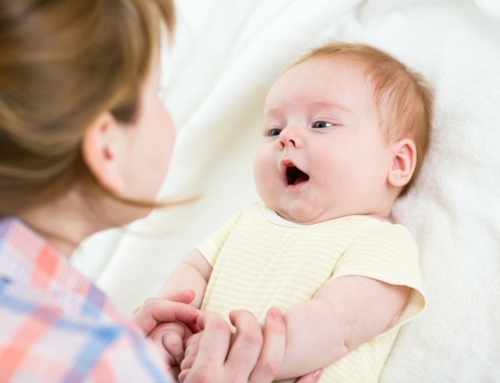Childcare professionals and teachers often talk about ‘Motor Skills’ in relation to our children’s physical development. Sometimes we as parents aren’t too sure what they are talking about or what type of motor skill is what!
This week I am going to look at this to help us understand what is going on in our children’s bodies and their physical development. Parents already on the Growing Child programme will have been introduced to this topic when their children were much younger. However, this blog focuses on children approaching their 4th birthday, which is found in issue 47 of our Growing Child Programme.
As your child grows from baby to toddler, from toddler to pre-schooler and so on great changes are taking place in your child’s body and their ‘motor development’. These changes are not always obvious because they take place gradually over a period of several months.
Today, we will look at some of the motor skills your child will have mastered by age aged 4. The first thing we need to be aware of is that motor skills fall into two categories – Gross Motor Skills or Fine Motor Skills.
Gross Motor Skills
Gross motor skills involve the use of the large muscles of the body, including the arms and legs. These large muscles mature earlier than the smaller muscles needed for fine motor skills which we will look at later.
By now your child has developed the large muscle control needed to walk in a straight line. They can run with greater ease and enjoy jumping over small objects and can avoid obstacles. Hopping and galloping about the place is second nature and stopping suddenly when they want is now possible.
Their muscles are now strong enough to allow them to balance on one foot or climb playground play equipment. They enjoy dancing or jumping around to music even if their timing may be a little off! And, of course, they just love to get out and about on their tricycles.
Fine Motor Skills
Coordination of the smaller muscles needed for fine motor skills is usually dependent on the development and coordination of the larger muscles of the body. As large muscle skills improve, the development of new fine motor skills becomes possible.
The following are the fine motor skills your child will have developed by age 4. Dressing and undressing by themselves should be easier now. Be close by though, to encourage and give assistance when your child needs it. In general, they can fasten and unfasten zips, handle Velcro fasteners and unbutton the front of clothing.
The ability to feed themselves is much better now with fewer spills at the dinner table. They have the fine motor skills to pour from a small jug or carton and can stir the contents of the cup. They can spread butter and jam on their bread. However, their muscles are not strong enough to cut a piece of bread or meat.
As your child plays notice how they are now better when drawing with crayons, paints or pencils. They are now finding jigsaw puzzles of 5 or more pieces easier to complete. They now enjoy being creative with building blocks and toys such as Lego. As these activities help improve your child’s motor development, brain development is also stimulated by their new motor abilities.
Your child’s self-concept and self-esteem are also affected as their physical ability to do new things increases and develops.
Hopefully you now have a better understanding of what our children’s motor skills are. By providing them with good development experiences in early life you are helping them develop both their gross motor skills and fine motor skills. So give them lots of opportunity to develop by providing lots of age appropriate play, activities and chores for your child.
As always if you like our blogs please share. If you would like us to write about a topic that you are interested in – let us know! And if you want all that the Growing Child Programme has to offer at your finger tips – Check it out here!

